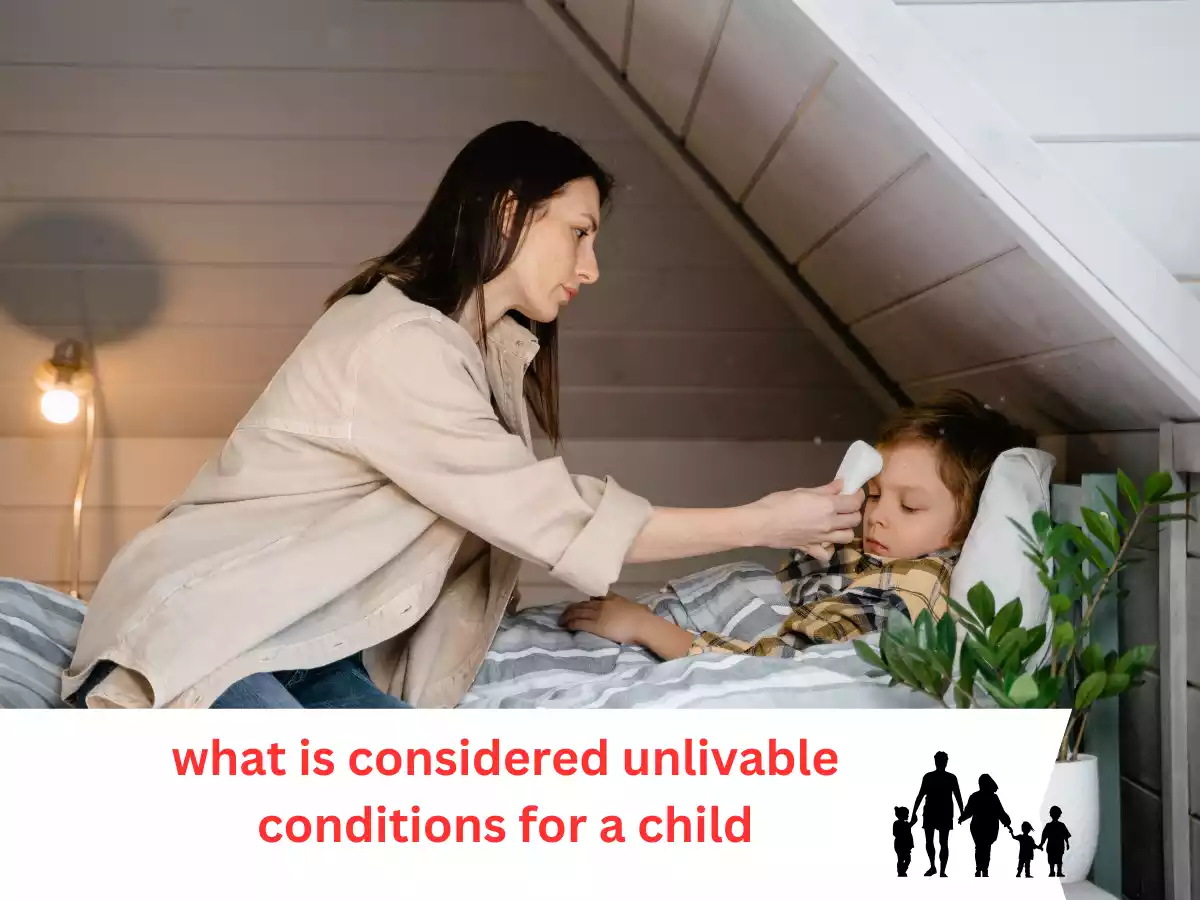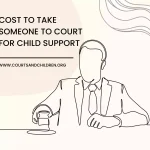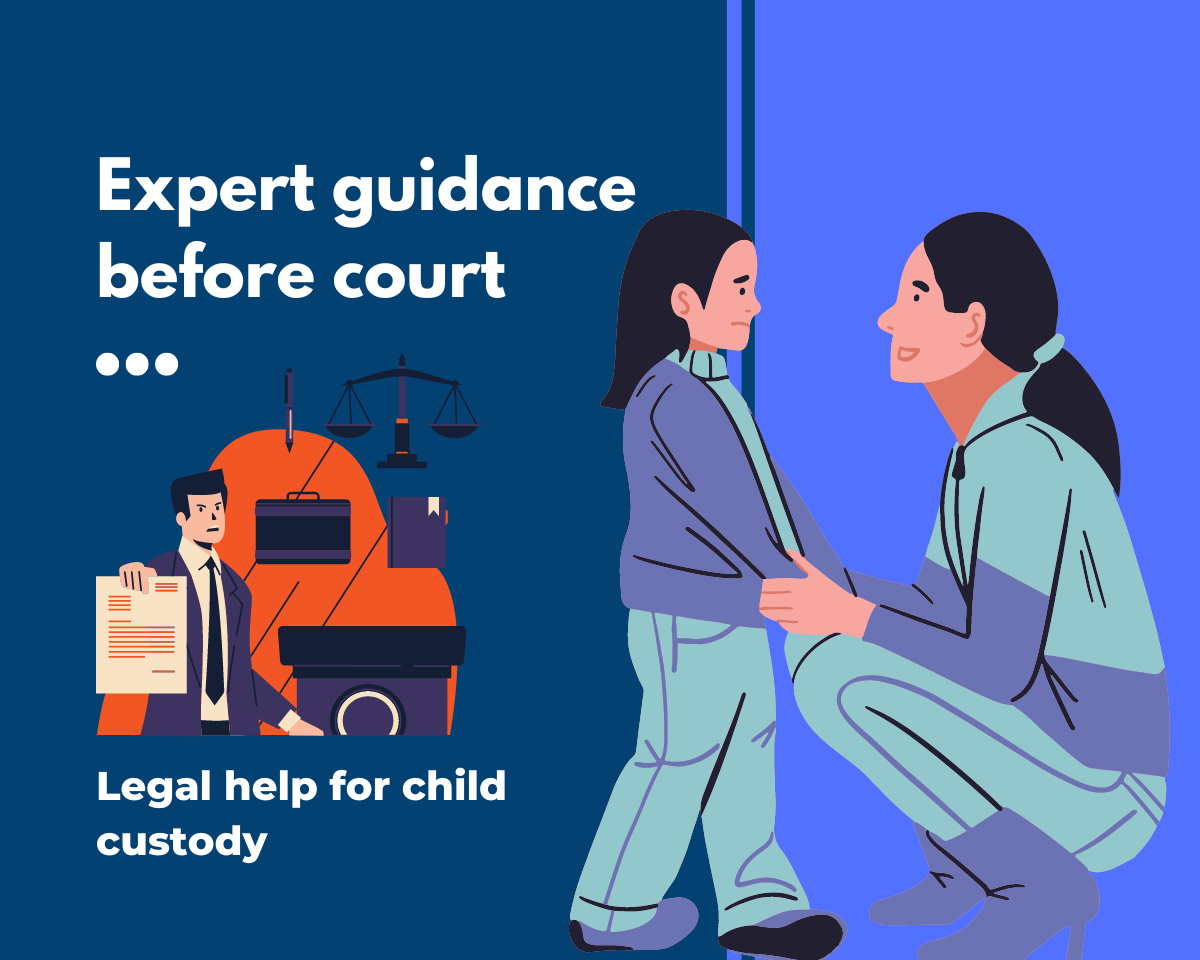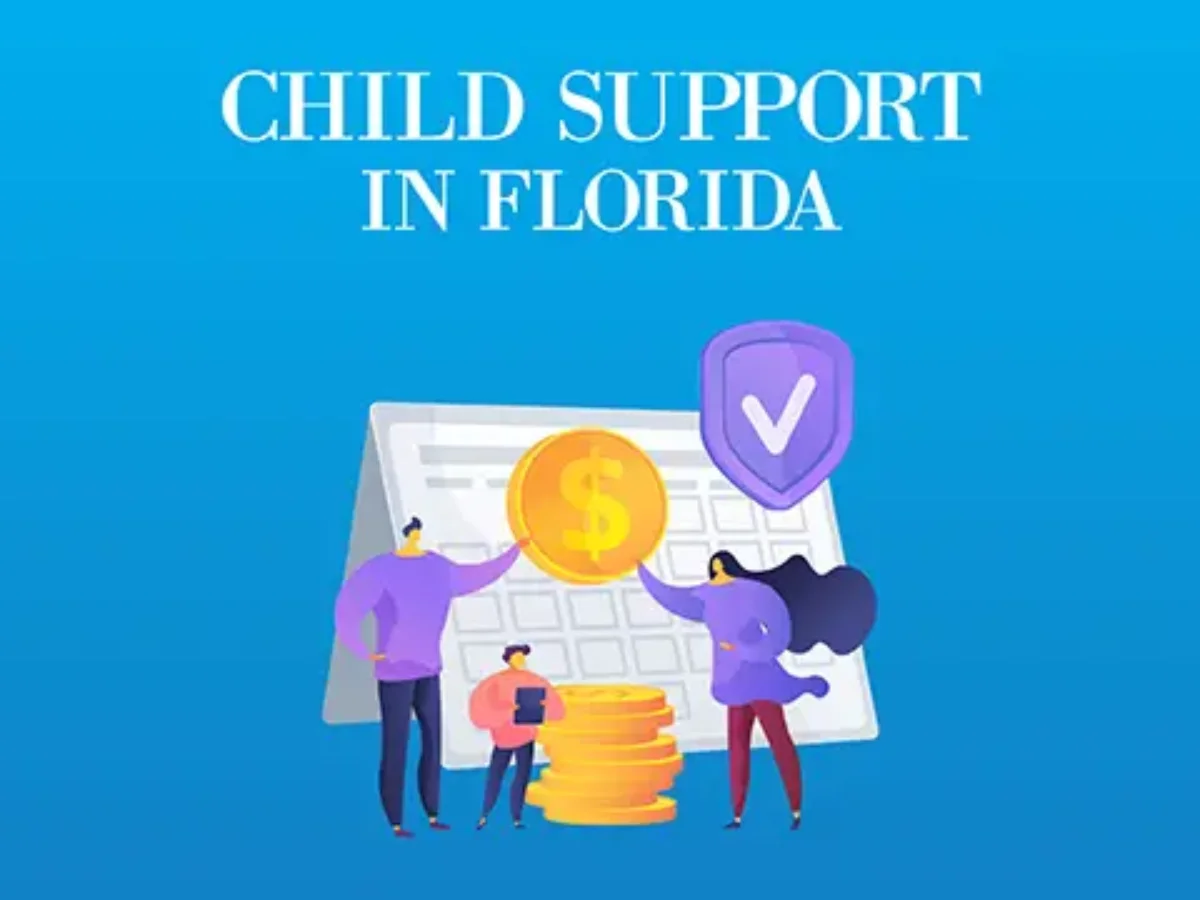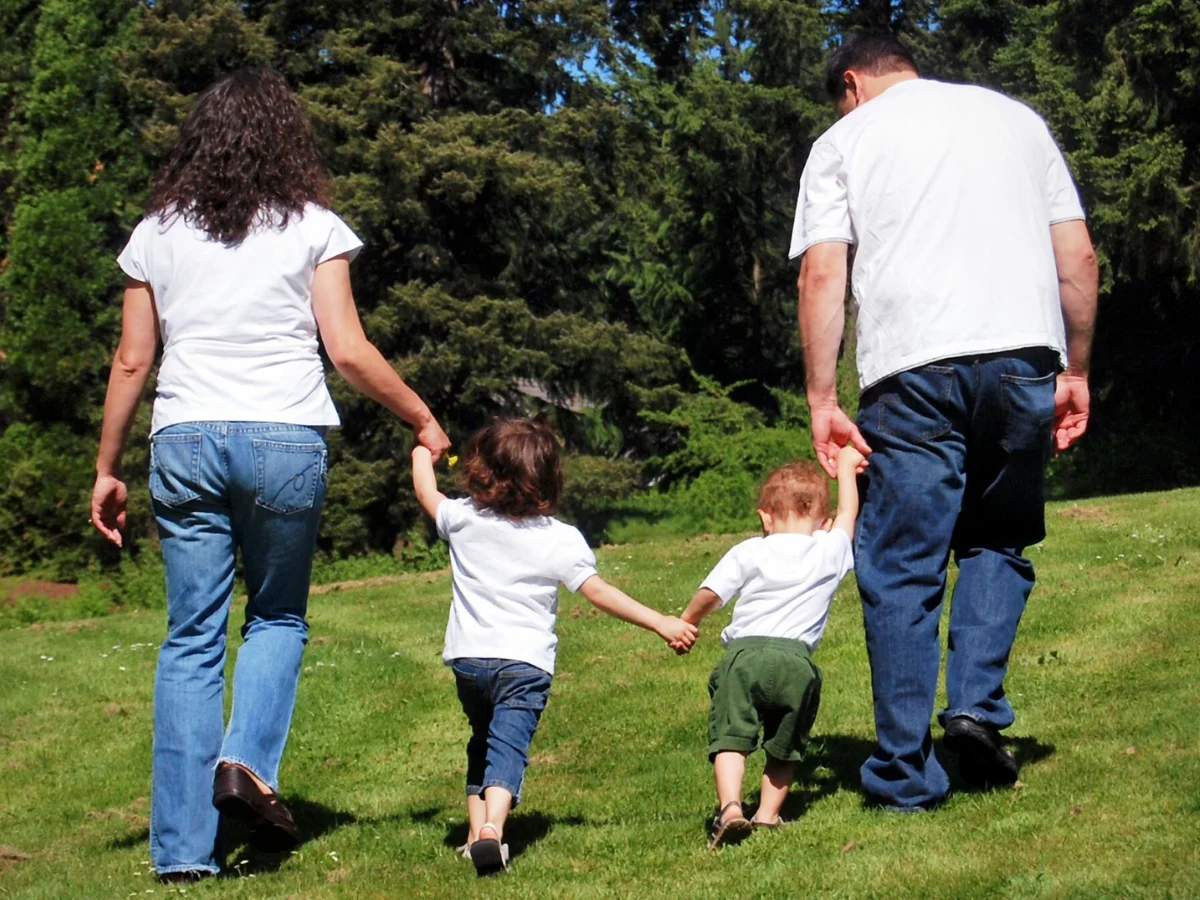Introduction: what are considered unlivable conditions for a child
In today’s world, ensuring the well-being and proper upbringing of children is of paramount importance. Unfortunately, there are instances where children are subjected to unlivable conditions that jeopardize their physical, emotional, and psychological development. This article delves into the concept of unlivable conditions for a child, the effects they can have, and potential solutions to address this critical issue.
Understanding Unlivable Conditions
Defining Unlivable Conditions
Unlivable conditions for a child encompass a range of circumstances that pose a direct threat to their health, safety, and overall well-being. These conditions may include inadequate housing, exposure to violence, lack of access to proper nutrition, absence of education, and more.
The Impact on Children
The effects of unlivable conditions on children can be devastating. Physically, they may suffer from malnutrition, illness, and stunted growth. Emotionally and mentally, these conditions can lead to anxiety, depression, and hindered cognitive development.
Identifying Unlivable Conditions
Indicators of Unlivable Conditions
Several indicators can help identify unlivable conditions for a child, such as:
Inadequate Housing
Children living in overcrowded, unsafe, or unsanitary housing conditions are at risk.
Exposure to Violence
Witnessing or experiencing violence at home or in their environment can have severe psychological repercussions.
Lack of Basic Needs
Children without access to proper nutrition, clean water, and healthcare are vulnerable.
Absence of Education
Lack of educational opportunities hinders a child’s future prospects and overall development.
Causes of Unlivable Conditions
Socioeconomic Factors
Poverty, income inequality, and limited access to resources contribute to unlivable conditions.
Family Dynamics
Dysfunctional family environments, neglect, and abuse can create unlivable conditions for children.
Addressing Unlivable Conditions
Government Interventions
Governments play a crucial role in implementing policies and programs to ensure children’s welfare, including social assistance, affordable housing initiatives, and education reforms.
Community Support
Local communities can provide safety nets through community centers, shelters, and support groups for at-risk families.
NGO and Charity Initiatives
Non-governmental organizations and charities often work tirelessly to provide essential services and support to families in need.
Prevention and Solutions
Early Intervention
Identifying and addressing signs of unlivable conditions early can prevent long-term harm to children.
Education and Awareness
Raising awareness about the importance of children’s well-being and the signs of unlivable conditions is vital.
Access to Healthcare
Providing healthcare services ensures that children’s physical and mental health needs are met.
Conclusion
It is our collective responsibility to ensure that no child has to endure unlivable conditions that compromise their potential and future. By addressing the root causes, implementing effective interventions, and fostering a supportive community, we can create an environment where every child can thrive.
FAQs (Frequently Asked Questions)
- What are the long-term effects of unlivable conditions on a child’s development? Unlivable conditions can lead to physical, emotional, and cognitive challenges that hinder a child’s overall development and potential.
- How can communities contribute to improving children’s living conditions? Communities can offer support through local initiatives, shelters, educational programs, and awareness campaigns.
- What role do governments play in combating unlivable conditions for children? Governments are essential in implementing policies, providing resources, and creating an enabling environment for children’s well-being.
- What can individuals do to help children living in unlivable conditions? Individuals can volunteer, donate to reputable organizations, and advocate for policies that prioritize children’s welfare.

